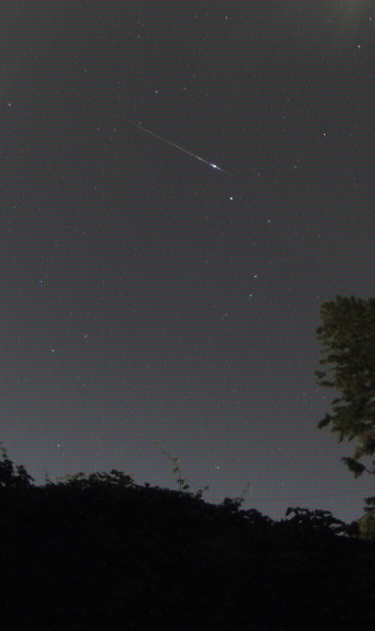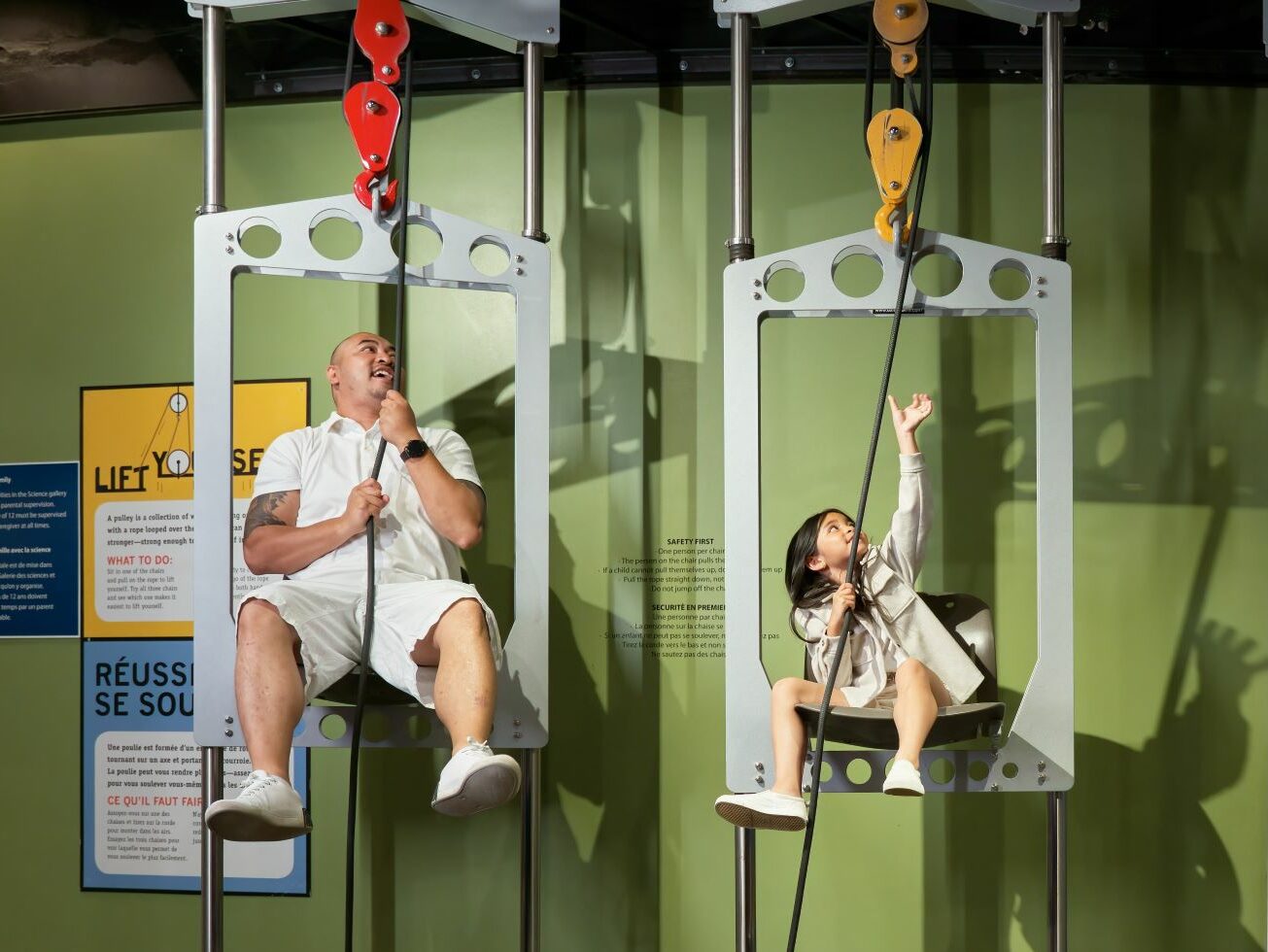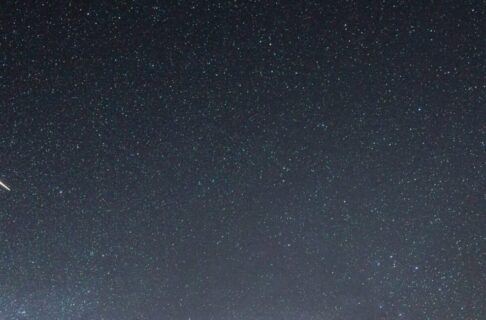August is known for the annual Perseid meteor shower, which can often (but not always) produce a nice show for skywatchers. There are also about a dozen minor meteor showers that aren’t worth watching, that AI-driven social media pages are now picking up on and promoting as if they are something to see. Unfortunately, even the best meteor showers barely qualify for the name “shower”, so managing expectations is important.
Even a single meteor arcing across the sky can be a memorable sight, which is probably why many people “wish on a star” when they see one. Meteor observing requires no special equipment and is a casual way to enjoy the sky with the occasional “wow!” moments of a meteor. Don’t hype over numbers, and enjoy your time under the stars, and you will enjoy observing meteor showers.
What’s Going On
Meteor showers are basically caused when the Earth passes through a cloud of dust as it orbits the Sun. These interplanetary dust bunnies are left behind by comets or asteroids as they orbit the Sun. When our planet moves through one at high speed, the dust all burns up in our atmosphere, with each grain of sand or tiny rock becoming visible as a meteor (a.k.a. “shooting star”, “falling star”, etc.). Because we can predict their dates in advance, meteor showers are usually one of the first things put onto astronomy calendar websites.
But are meteor showers actually something worth watching? The answer depends on which meteor shower you’re looking at, and how much effort you’re willing to put in to seeing it.
The Effects of Light and Time
Most meteors are faint, and so if you have bright lights nearby then you won’t see the faint ones, which cuts your rates down significantly. Observing inside the city means you will see only a quarter or less of the predicted rates. To see a meteor shower well, you need to drive as far from city lights as you can.
If the Moon is in the sky, that’s like city lights you can’t drive away from. When the Moon is in the sky you can also lose about 75% of the meteors predicted.
And if that isn’t enough: meteor rates start very low in the evening, get stronger after midnight, and peak in the few hours before dawn. I have observed the Perseid meteor shower from inside the city before midnight and literally seen not a single meteor per hour. I ahve also observed the Perseids from a rural location with no moon, and seen 2 meteors per minute in the pre-dawn hours (120 per hour). So, these factors make a big difference in what you will see.

Meteor Observing
First, an important point: a typical meteor is only visible for a second or two. Any glance away from the sky during that hour and you might miss one. (Especially if you are glancing at an electronic device, which also ruins your night vision and makes it hard to see anything at night for up to five minutes!) So, to see the maximum number of meteors, you need to watch the sky, uninterrupted, for the whole hour. If you spend 25% of your time looking away from the sky, you will miss 25% of the meteors. To really appreciate the meteor shower, you need to commit to watching the sky without distraction.
Second point: on any given night throughout the year, if you are away from city lights on a dark, moonless night, you can expect to see between 1 and 10 meteors per hour. That’s the background rate in between meteor showers, the random dust in between the dust bunnies that is spread out across the solar system.
So, any meteor “shower” that lists a rate of less than 10 meteors per hour basically is no different than any other night. (OK, it *is* different scientifically, but for the average skywatcher you won’t even notice it.) This is why I’ve never promoted the dates of the Alpgha Capricornid meteor shower, which peaks on July 31 with a maximum theoretical rate of 3 meteors per hour. But I’m seeing social media posts announcing that it is on now and combining with the Perseids in a “rare” “double” “shower” “event” – and every one of those words is misused in this case. It happens every year, there are actually about 8 meteor showers active right now, and if you didn’t notice it last year it won’t be a big deal this year either. Complete hype, no substance.
So What Is Worth Watching?
In the summer, the answer is easy: the Perseids. That’s it. All the other minor meteor showers are underwhelming for the average skywatcher. The South Delta Aquariids, which peak on July 31, have a rate of between 5 and 10 meteors per hour, so if you are a hardcore meteor observer that’s one to try as well when (like this year) it lines up with the dark of the Moon.
In 2025, the Perseids peak when the Moon is nearly full, so even if you go out in the pre-dawn hours of August 11-12 (the peak night) you will likely only see 10-30 meteors per hour this year. For numbers, it’s not a great year because of the Moon. But, that means there’s no real need to drive far from the city; any reasonably dark space where you can see the sky will do this year.
It’s Not All About Numbers
Remember, though: the sheer number of meteors isn’t the only metric to use. I have seen single meteors that were so bright and beautiful they have stuck in my memory for decades. Often, evening meteors tend to be long and bright – so even if there aren’t a lot, the ones you see can be well worth it.
The bottom line is: meteor showers are a good time to see shooting stars, but don’t expect a laser light show. Each streak of light you see is a piece of dust left over from the formation of the solar system, a reminder of the era when planetary collisions were common as they shaped our planet. Keep expectations low, and appreciate whatever meteors you do manage to catch. A night under the stars is always time well spent.






